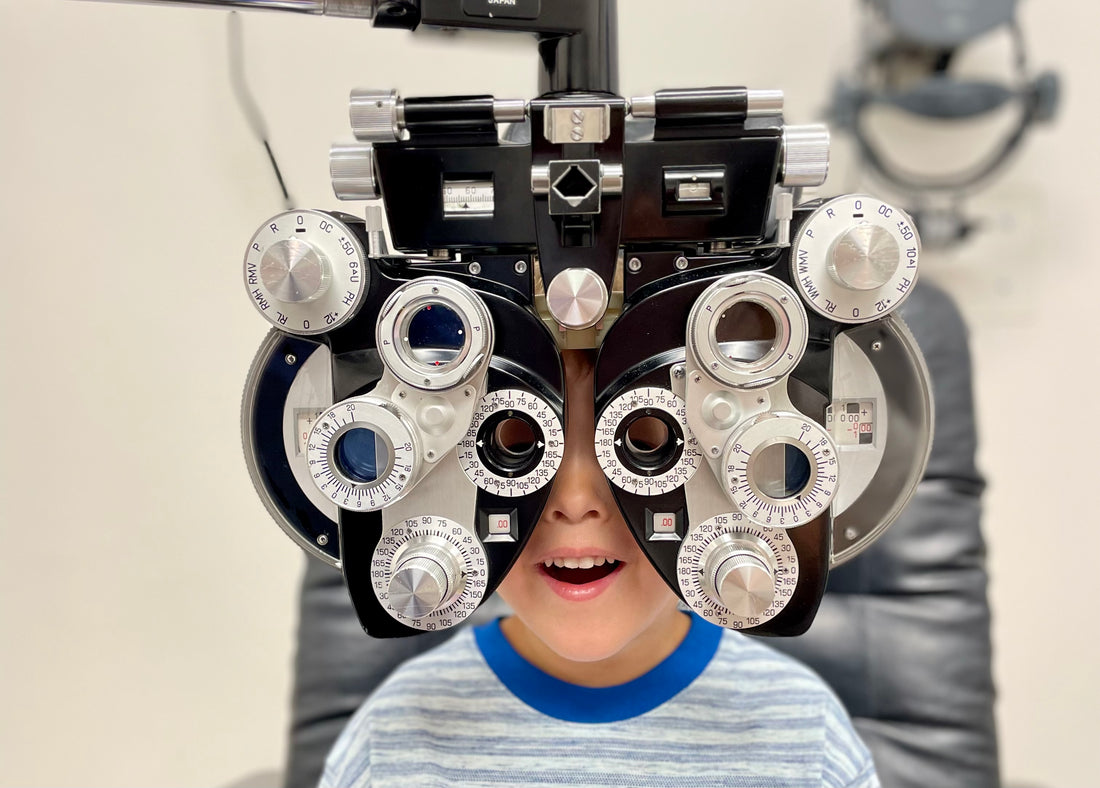What is Myopia Management?
Myopia management refers to the strategies and interventions used to slow the progression of myopia (nearsightedness) in children. Myopia is a refractive error where distant objects appear blurry while close objects can be seen more clearly. With the increasing prevalence of myopia worldwide, there is a growing concern about its rapid progression in children, which can lead to high myopia in adulthood.
Why should it be managed early?
- Rapid Progression in Childhood: Myopia often progresses faster in children than in adults. Early intervention can help reduce the speed of this progression, resulting in less severe nearsightedness as they grow.
- Reduced Risk of Eye Complications: High levels of myopia in adulthood are associated with a greater risk of eye problems, including glaucoma, cataracts, retinal detachment, and even vision loss. Managing myopia early can minimize these risks.
- Improved Quality of Life: By managing myopia in its early stages, children can enjoy clearer distant vision, which can positively impact their academic performance, sports activities, and overall confidence.
Key strategies in myopia management include:
- Myopia Management Eyeglasses (MiYOSMART): The MiYOSMART lenses have a central clear zone and multiple peripheral lenslets. These tiny lenslets create a peripheral 'defocus' effect, which has been scientifically shown to slow down the progression of myopia in children up to 60% vs standard glasses when worn full time.
- Myopia Management Contact Lenses (MiSight): MiSight are specialized daily disposable contact lenses. Its technology employs concentric circles with alternating prescription powers. This design provides the necessary correction for clear distance vision while also creating a 'defocus' in front of and behind the retina, which has been shown to reduce the elongation of the eye—a key factor in myopia progression. Studies suggest they slow myopia progression by 50-70% vs standard contacts.
- Orthokeratology (Ortho-K): This involves wearing rigid gas-permeable contact lenses overnight to reshape the cornea temporarily. The lenses are removed during the day, allowing clear vision without the need for glasses or contact lenses. The reshaping effect also helps to slow down the progression of myopia. Studies suggest orthokeratology slows myopia progression by 50-70%
- Low-Dose Atropine Eye Drops: Atropine is a drug that dilates the pupil and temporarily paralyzes the eye's focusing mechanism. In low doses, it has been found to slow the progression of myopia without significantly affecting the pupil size or focusing. Studies vary but suggest it slows progression by 50-80%. The child will still need to wear their glasses to see clearly.
Behavioural Approach - What you can do at home:
- Encouraging children to spend more time outdoors has been linked with lower myopia.
- Reducing close work or taking regular breaks during tasks like reading or screen time can also be beneficial.
Regular Eye Examinations: Frequent eye exams can detect the onset and progression of myopia early, allowing for timely intervention.
It's essential to consult with an optometrist to determine the best myopia management strategy for a child, as individual needs and the effectiveness of treatments can vary.




